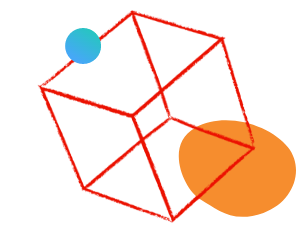Submissions are now open for the 2026 Adobe Experience Maker Awards
How to identify AI traffic in Adobe Analytics
Related Conversations



With the implementation of AI in search engines, websites, and devices, new sources of traffic are emerging.
Currently, Adobe Analytics can identify AI traffic when it comes from "other websites" or "domains", but the rest of new AI sources is not measured by the tool, or at least not to my knowledge.
My question for the community is to know if there is something we can do with the current Adobe Analytics features to identiy these new AI sources, maybe a new configuration? or if the company is planning to launch new features to be able to calculate AI traffic?
Thanks for reading or answering my post.
With the introduction of Google AI mode i think this raises the urgency of this suggestion
I send this! It's important to understand the traffic coming from Google AI mode plus other AI search tools.
Hi Adobe,
Could someone provide us an official answer in regards to what Adobe is doing to help us use Adobe Analytics as a proper tool to identify AI traffic? I think this is becoming critical and your support/guidance would be much more than appreciated.
Thanks in advance.
I agree, it kind of feels like its own channel, although not that big yet in traffic going to most site it definitely has the potential and is becoming better and better.
Has anyone here figured out a good way to track this? For now i simply have a segment with "Marketing channel detail" tracking it however i would love to hear if there is better way of doing this.
I know Adobe has released a product or new element within one of their new products to track AI traffic but that feels completely unnecessary, this should fall under normal analytics.
Views
Replies
Total Likes
Views
Likes
Replies